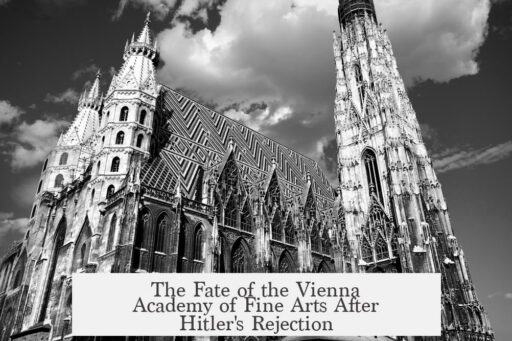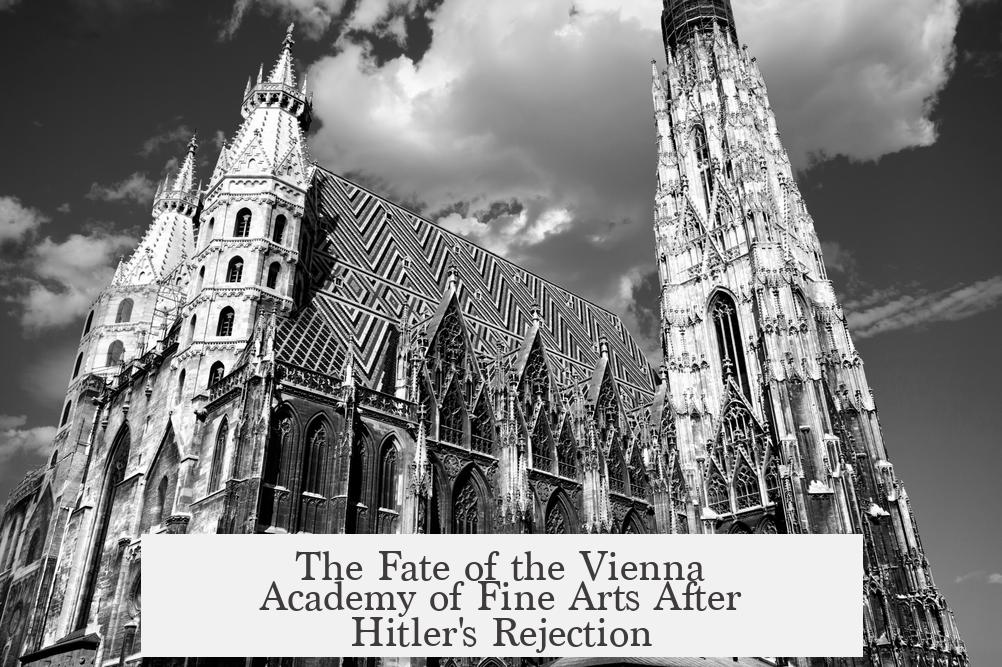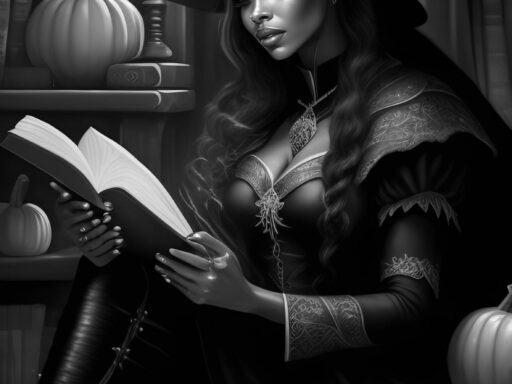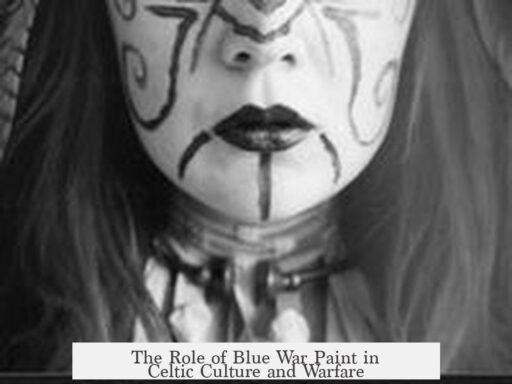The Vienna Academy of Fine Arts, the art school that Adolf Hitler was rejected from, has persisted through significant historical changes and still operates today. After the Nazi annexation of Austria in 1938, known as the Anschluss, the Academy underwent major political and artistic transformations tied to the new regime.

The Anschluss led to immediate leadership changes at the Academy. The Vienna NSDAP appointed three new directors: Ferdinand Andri, Wilhelm Dachauer, and Alexander Popp. All three had connections to the earlier Vienna Secessionist movement and personal ties to Gustav Klimt, indicating a continuity in some aesthetic alliances despite the political shift.
One of the first actions by the new leadership was a purge targeting Jewish staff and students, as well as those deemed politically anti-Nazi. Within days of March 12, 1938, thirteen Jewish professors lost their positions. Despite this purge, only about 20% of personnel and 7% of students were removed, suggesting that Nazi sympathizers were already influential within the school community before the takeover.
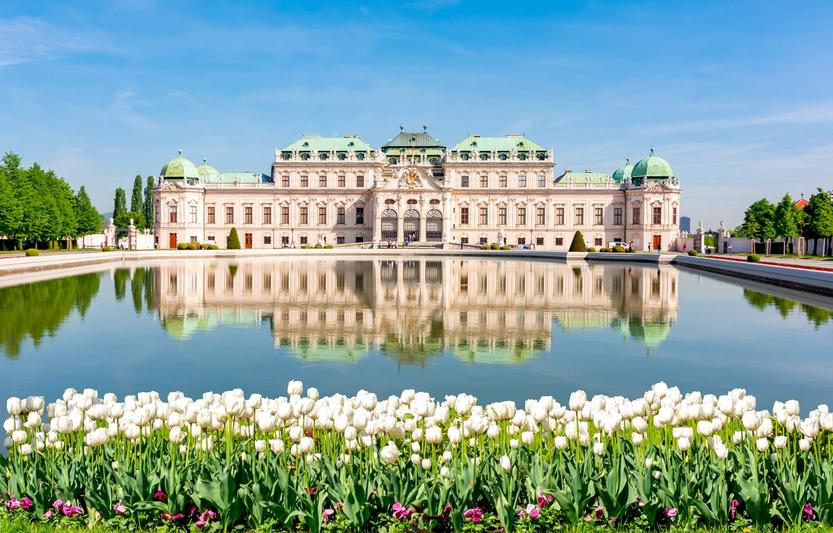
This purge coincided with a significant shift in the curriculum and art style promoted at the Academy. The new program emphasized a “German” style, favoring monumental realism aligned with Nazi aesthetics. Abstract and modernist art forms previously present at the school were suppressed. This change mirrored the Third Reich’s broader cultural policy, which championed traditional and propagandistic art forms.
Throughout these changes, the Vienna Academy maintained its prestigious status. It continued to operate as a state-run institution with a focus aligned politically and artistically with the Nazi regime. Notably, there is no documented record of Adolf Hitler’s views on the Academy after Austria’s incorporation into the Third Reich.
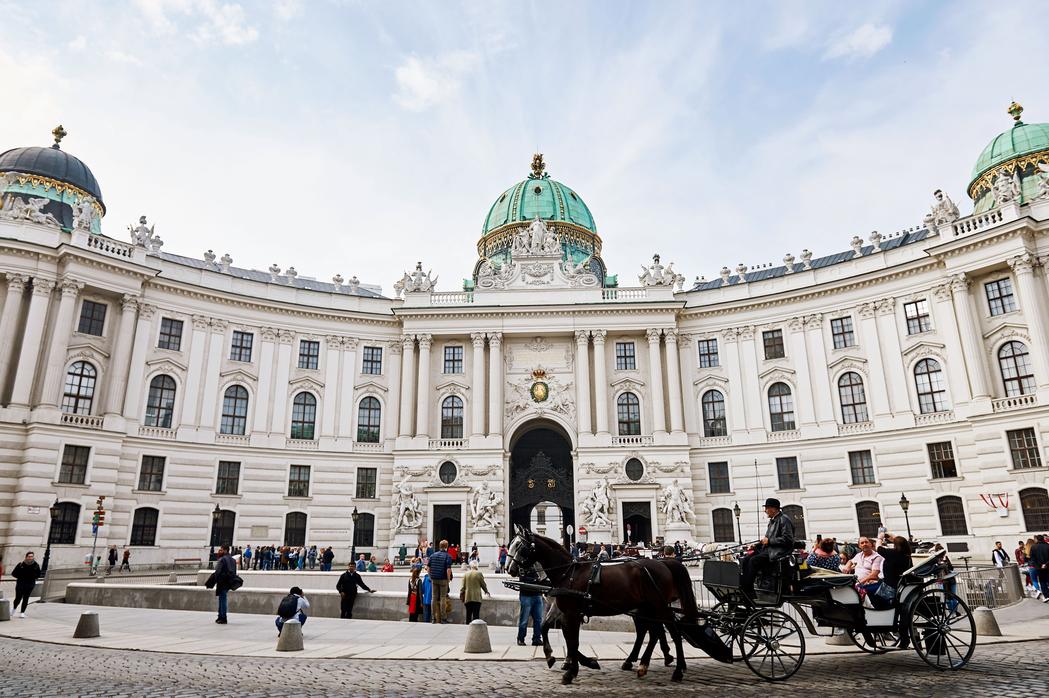
- The Vienna Academy of Fine Arts remains active today and survived the Nazi era.
- After 1938, Nazi leadership took control, purging Jewish and anti-Nazi members.
- The curriculum shifted to favor Nazi-style monumental art, suppressing abstract styles.
- Despite purges, Nazi influence was already substantial among staff and students.
- Hitler’s personal opinions on the Academy post-rejection and Anschluss are not documented.
What Ever Happened to the Art School That Hitler Got Rejected From?
Let’s get straight to it: The Vienna Academy of Fine Arts—the very institution that famously rejected Adolf Hitler—did not vanish into obscurity. Instead, it continued through a turbulent era marked by political upheaval, drastic ideological shifts, and a dark chapter of history it would never forget. Surprisingly, the school not only survived but remains active today. But what exactly happened to this fateful academy after Hitler’s rejection? Buckle up; it’s a story worth more than a glance.
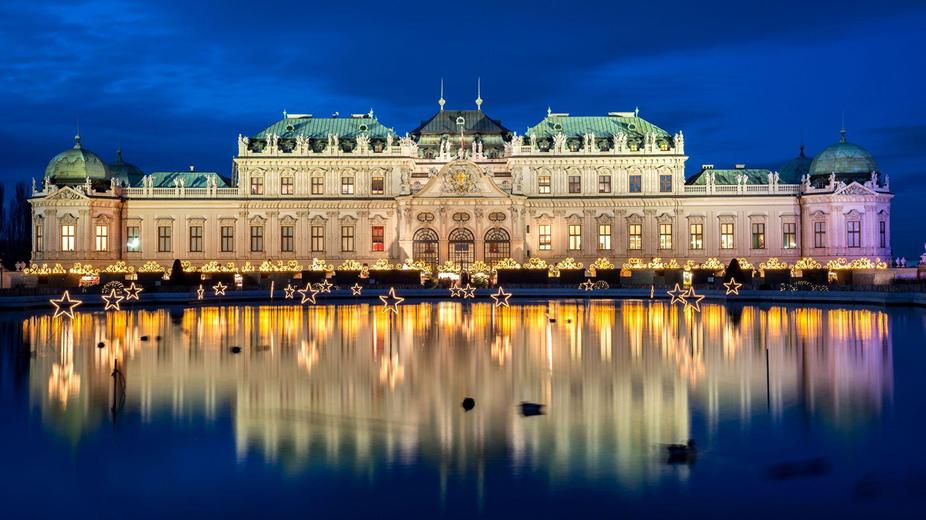
First off, a quick refresher. In 1907 and 1908, young Adolf Hitler applied twice to the Vienna Academy and faced rejection both times. The school cited his weak skills in drawing human figures and insisted he focus on architectural sketches. We all know how history was shaped by that rejection. But what about the Academy itself after 1938, when Austria came under Nazi control during the Anschluss?
The Vienna Academy of Fine Arts: Surviving and Thriving Post-1938
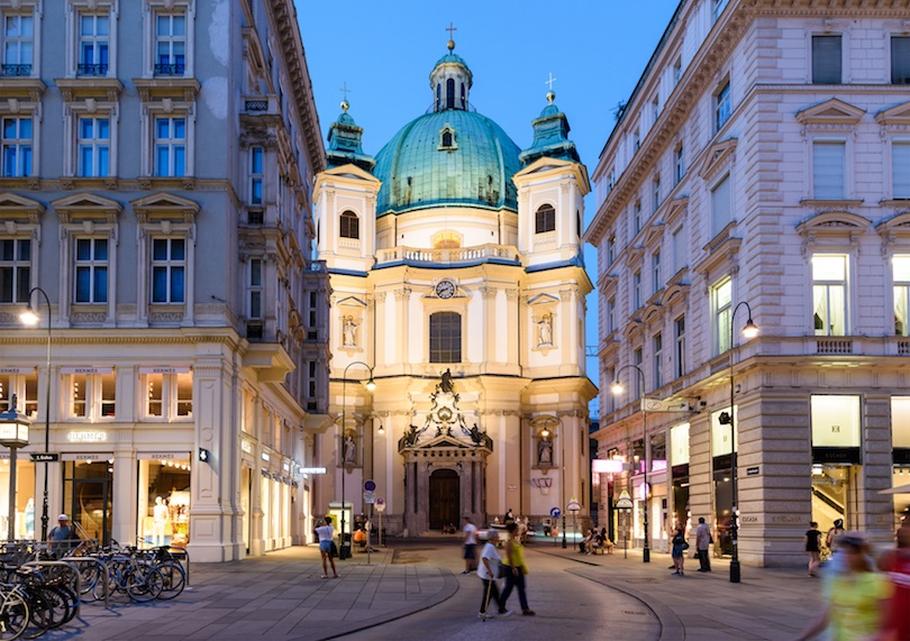
Despite the shockwaves wrought by the Nazi takeover, the Vienna Academy of Fine Arts continued operating from 1938 to 1945—and indeed, exists today as a prestigious institution. So, no, it didn’t crumble under the weight of its past connection to Hitler or the political dark times.
However, Nazi control triggered *immediate and radical changes* within the institution, especially targeting the people who populated it. Almost overnight, a purge began, wiping out Jewish professors and students and anyone suspected of opposing Nazi ideology. The purge was thorough but not as total as one might think. Around 13 Jewish professors were dismissed almost immediately after March 12, 1938. Interestingly, the Academy lost only about 20% of its staff and 7% of students to such purges, signaling that pro-Nazi sentiments were already entrenched among the majority.
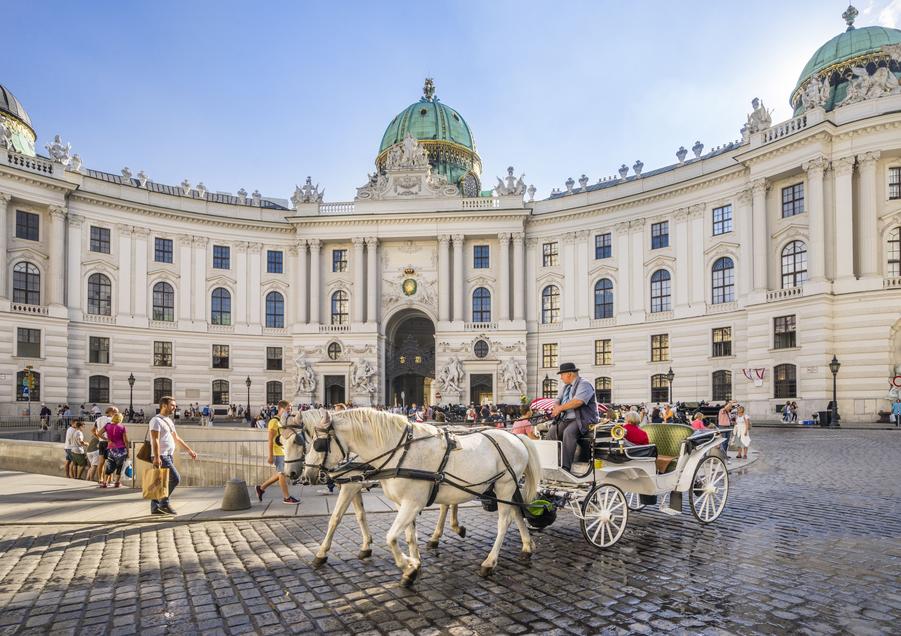
New Bosses, New Vision
Following the Anschluss, the Vienna NSDAP (that’s the local Nazi party branch) installed new leadership at the Academy. The trio—Ferdinand Andri, Wilhelm Dachauer, and Alexander Popp—shared aesthetic leanings with the Vienna Secessionist movement, the same artistic circle once associated with the legendary Gustav Klimt. Now, that is an unexpected twist in this grim tale. It suggests a continuity of certain cultural connections despite the political overhaul.
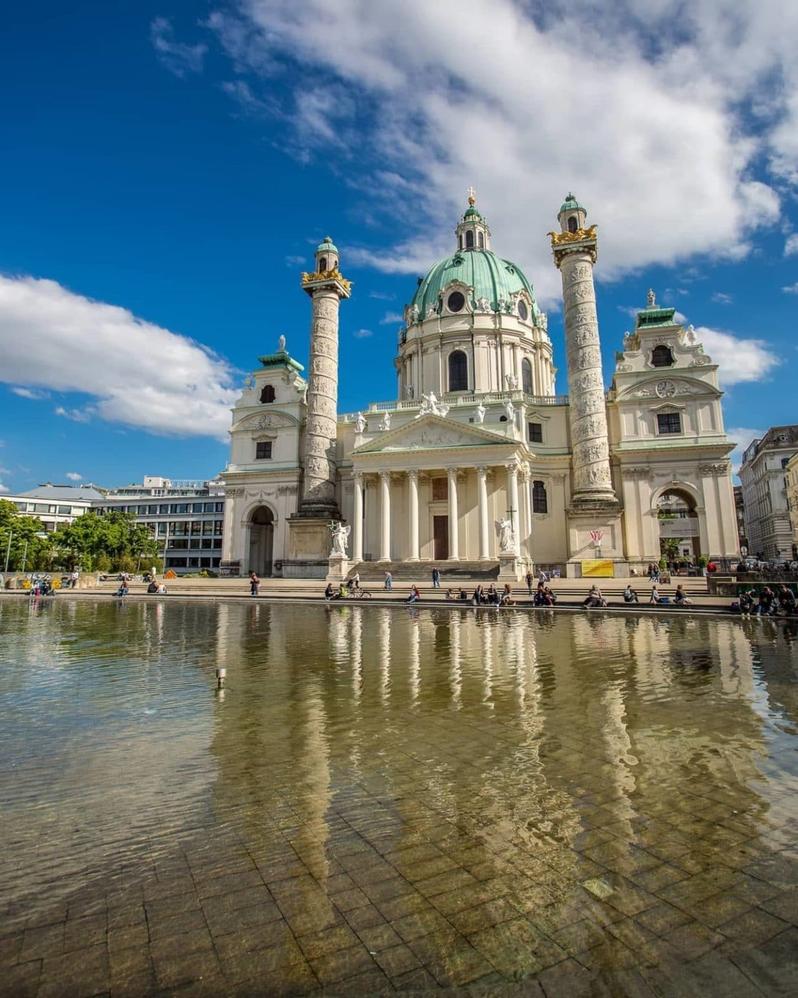
But their influence steered the school toward a very different artistic vision. Abstract art styles, which once flourished, were suppressed. Instead, monumental, grandiose styles aligned with Nazi propaganda became the new norm. The curriculum focused heavily on the “typical Nazi style”—think heroic, idealized figures and grand scale works designed to glorify the regime. The Academy effectively transformed into a factory for state-sponsored art.
What About Hitler’s Opinion on the Academy After All This?
You might expect Hitler himself to have kept a close eye on his old nemesis, the Vienna Academy. But surprisingly, historians have found no direct references to his thoughts on the school after Austria’s integration into the Third Reich. Perhaps, like many things, it escaped his direct attention. Or maybe the Academy’s shift to Nazi art aligned it closely enough with his ideals, making it unworthy of specific commentary.
How Deep Was the Nazi Influence?
One might assume the Academy was completely overhauled from top to bottom. However, recent studies reveal a mixed picture. The fact that roughly 80% of the personnel and 93% of students remained after the purge suggests a significant degree of complicity or at least acceptance of Nazi ideologies within the school.
Was this reality a reflection of the times? Very much so. The war, Nazi control, and the cultural push for ‘German’ art styles transformed the Academy’s environment. Yet the institution kept its prestigious ranking. The Academy avoided total destruction or disbandment and remained a cornerstone of Viennese art education even through the chaotic war years.
Lessons from History and the Academy’s Legacy
What can we take from this? The story of the Vienna Academy after Hitler’s rejection and during Nazi control is a complex blend of survival, ideological shifts, and cultural continuity. It highlights how art institutions are vulnerable to political agendas but can also endure and adapt.
- The Academy still stands. It carries the weight of its past yet is not defined by Hitler’s rejection or Nazi control.
- Artistic styles and leadership changed dramatically. Where once abstract and modernist approaches thrived, monumental Nazi art took hold during 1938-1945.
- Not everyone was purged. Majority staff and students stayed, reflecting pre-existing nationalist tendencies or forced acceptance.
- There is no known record of Hitler’s later opinion. An odd silence that leaves room for speculation.
Today, the Vienna Academy of Fine Arts embraces a broad spectrum of artistic expression far removed from the ideological constraints imposed during the Nazi era. It stands as a reminder that history’s darkest patches can eventually give way to renewal.
Curious Facts to Ponder
Would the Academy have flourished had young Hitler been admitted? It’s a fascinating counterfactual. Maybe his early rejection spurred a course no one could predict—one that later saw the school molded into a propaganda tool, paradoxically tied to its famous rejectee.
And what of the purged professors and students? Many likely fled or faced grim fates. Their stories are footnotes in the Academy’s long history, echoing the harsh realities of the time.
Remember, art schools are mirrors of their eras. The Vienna Academy’s story is a reminder that institutions can reflect changing political tides without losing their essence entirely.
Wrapping It Up
If you ever wondered, the Vienna Academy of Fine Arts lives on, scarred but standing, reshaped drastically during the Nazi years, reflecting the regime’s militant art ideals, yet surviving to educate new generations. Its relation to Hitler’s rejection is a historical footnote overshadowed by its complex 20th-century journey.
So next time you think about Hitler’s early career, remember the art school that said “no”. It kept going, changed its lessons, purged its halls, but never shut its doors—teaching us that even places with dark histories can persist and evolve.
